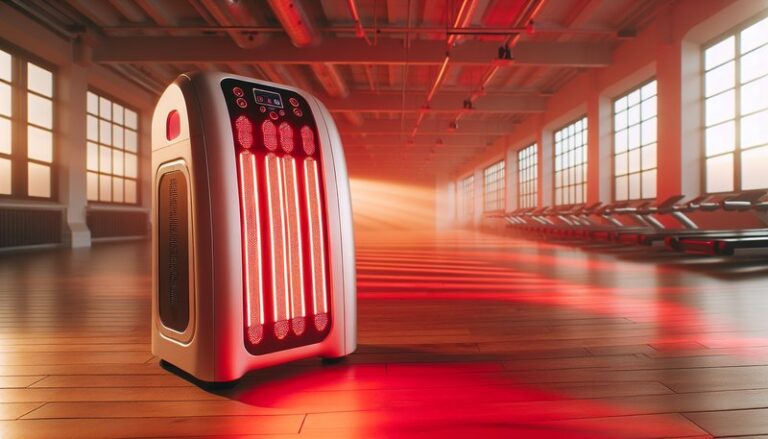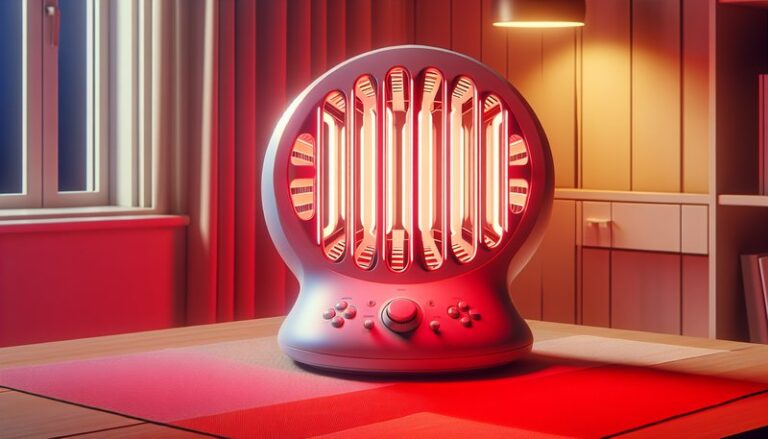What To Do After Red Light Therapy?
Have you recently had a session of red light therapy and are unsure what to do next?
Red light therapy is becoming increasingly popular for its wide range of health and beauty benefits. After your treatment, there are essential steps you can take to maximize its effectiveness and ensure you get the most out of your sessions. This article will explore what you should consider doing after red light therapy, its benefits, and alternatives to enhance your wellness routine.
Key Takeaways
- Post-treatment care is essential to maximize the benefits of red light therapy.
- Hydration and skincare can enhance the results experienced from therapy.
- Incorporating complementary wellness practices can provide additional health benefits.
What is Red Light Therapy?
Red light therapy (RLT) involves exposing the skin to low levels of red or near-infrared light. This therapy penetrates the skin layers to stimulate cellular repair, promote healing, and reduce inflammation. Used for a variety of purposes—from aiding skin rejuvenation to accelerating muscular recovery—RLT has gained traction in the wellness and beauty industry due to its non-invasive nature and minimal side effects.
How Does It Work?
Cells in the body absorb the light produced during RLT, which can influence mitochondrial function, leading to increased energy production (ATP). This process can promote healing, enhance circulation, and improve collagen production in the skin, among other benefits.
What are the Benefits of Red Light Therapy?
The benefits of engaging in red light therapy extend across various health and beauty aisles. Understanding what follows a session can significantly enhance your experience.
Enhanced Skin Health
Red light therapy is known to improve skin tone, reduce wrinkles, and promote collagen production. Many users report clearer skin and a more youthful complexion after consistent applications.
Accelerated Muscle Recovery
Athletes often turn to RLT to speed up recovery time after workouts, as it reduces muscle soreness and inflammation, facilitating faster healing.
Pain Relief
For those suffering from chronic pain or conditions like arthritis, RLT may help in reducing discomfort and improving mobility.
Improved Emotional Well-Being
Emerging studies suggest that red light therapy may have positive effects on mood, potentially alleviating symptoms of depression and anxiety.
Is it Possible to Enhance Your Post-Therapy Routine?
Absolutely, enhancing your post-therapy routine can significantly amplify the benefits of red light therapy. Transitioning seamlessly into the right habits can help promote quicker healing and better results.
What are the Advantages of a Post-Therapy Routine?
Having a structured routine after red light therapy offers numerous advantages, which include:
Healthy Hydration
Drinking adequate water post-treatment helps to flush out toxins and hydrate your skin effectively, maximizing the hydration benefits of therapy.
Skincare Application
Applying serums or moisturizers after your session can lock in moisture and further aid in skin recovery and rejuvenation.
Gentle Exercise
Light exercise post-therapy can enhance circulation and help maintain the positive effects of treatment on various bodily systems.
What are the Things to Consider Before Developing a Post-Therapy Routine?
Before establishing a routine, it is vital to consider a few key factors:
Discover our insights Does Red Light Therapy Cause Hyperpigmentation?
Personal Skin Sensitivity
Understand how your skin reacts after therapy. Adjust your skincare products accordingly to prevent any adverse reactions.
Timing of Aftercare
Timing is crucial; optimal benefits can be achieved when suitable skincare products or hydration efforts follow immediately after therapy.
Lifestyle Factors
Consider your overall lifestyle—diet, hydration, and activity levels can all influence how beneficial RLT will be for you. Ensure your post-therapy habits complement your broader wellness goals.
What are the Alternatives to Red Light Therapy?
If red light therapy isn’t accessible or doesn’t suit your personal preferences, there are several alternatives worth exploring:
Infrared Saunas
Infrared saunas may provide similar cellular benefits, enhancing detoxification and relaxation through heat exposure.
Cold Laser Therapy
This therapy uses lasers to stimulate healing and pain relief without the use of invasive surgical procedures.
LED Facial Treatments
These treatments can offer targeted skin benefits similar to RLT but focus on varying wavelengths for different skin concerns.
Conclusion: Is it Recommended to Create a Post-Therapy Routine?
Incorporating a thoughtful post-therapy routine after red light therapy is not only beneficial but recommended. By focusing on hydration, skincare, and lifestyle habits, you can optimize the effects of your sessions. Consider your individual needs and sensitivities to create a tailored approach that supports your wellness journey.
Frequently Asked Questions
How soon after therapy can I apply skincare?
It is recommended to apply skincare products immediately after your session to maximize absorption and effectiveness.
Discover the details in Red Light Therapy Frequency for Face
Can I shower after a red light therapy session?
Yes, you can shower after your session; just ensure the water temperature is lukewarm. Avoid hot water, as it can potentially irritate the skin.
How often should I do red light therapy?
Frequency can vary depending on your goals. Many people find sessions 2-3 times a week to be beneficial, while others may opt for daily treatments during specific periods.
Are there any side effects?
Red light therapy is generally safe; however, some individuals may experience mild skin irritation or sensitivity. Always consult with a healthcare provider if you have concerns.
Can I use red light therapy while pregnant?
While there is minimal evidence suggesting that red light therapy could harm pregnant individuals, it’s best to consult with a healthcare professional to assess any potential risks.






